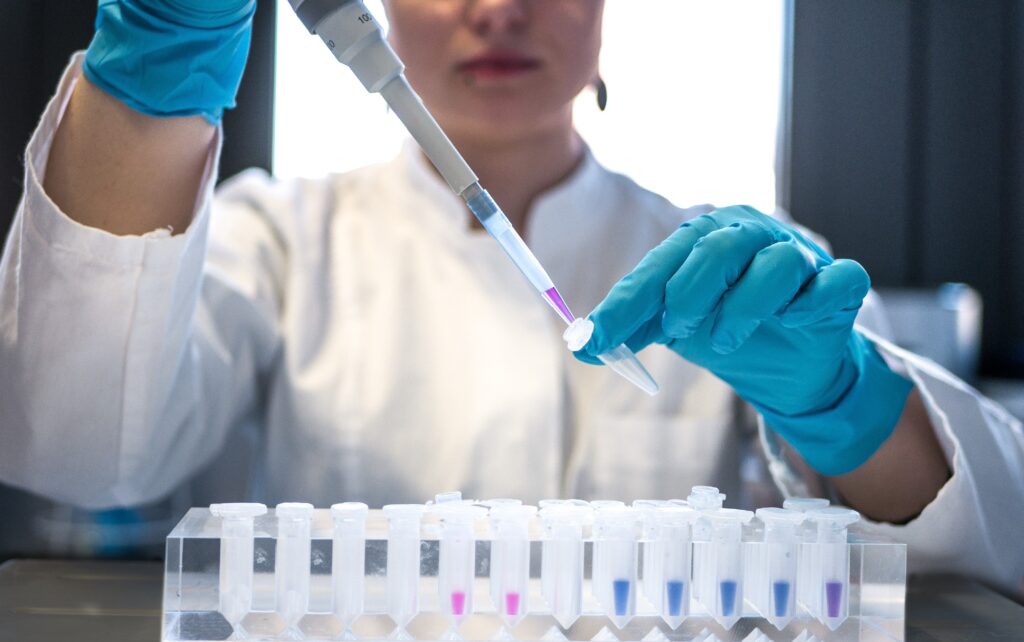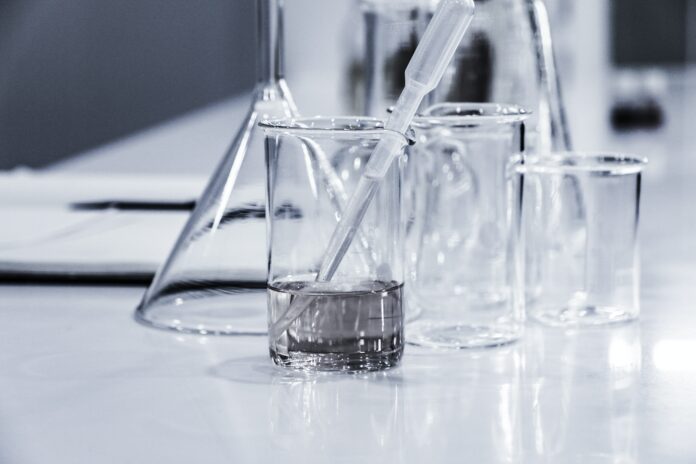When you’re doing an analysis of a sample, there are several different types of assays that can be used. These different types of assays can vary in their sensitivity, specificity, and ease of use.
They can also differ in the amount of time that they require for a readout. This can be very important depending on the type of assay you are using.
Quantitative
In biological research, a wide range of compounds need to be measured. The amount of these molecules in a sample can determine the activity of a particular enzyme, the state of a disease, or the health of a cell. Quantitative assays, also known as analytical methods, are designed to measure these molecules accurately.
Different types of assays produce different outputs, such as the presence or absence of a target protein or enzyme, the level of a specific compound or metabolite, or the rate at which something is changing over time.
Continuous Assays
Examples of continuous assays include spectrophotometry and calorimetry, in which the progress of reactions are monitored over a fixed period of time. Other techniques, such as chemiluminescence and fluorimetry, can also be used to monitor the change in substrate or product concentrations over time.
The most common type of quantitative assays are enzyme assays. These are designed to detect the presence or absence of an enzyme through its catalytic reaction with a substrate. Enzyme assays can be either qualitative or quantitative, depending on how the catalytic reaction is determined.

Qualitative
Assays can be used to measure a variety of different types of molecules. They can be used to identify ions and compounds in biological fluids, or they can be used to detect chemical elements. They are also important in mining, as they are often used to determine the quality of a substance or the purity of the metals that a company is producing.
The first step in developing an assay is to consider the molecule of interest. It is important to ensure that this molecule can be detected by the assay format in question and that it will be stable under the conditions that it will be tested in.
Qualitative analysis is a more sensitive and faster method of testing for chemicals than quantitative methods. It is also cheaper and easier to perform.
As a rule, they are performed at the initial stage of research to identify the potential targets that could be developed into new drugs or other products. They are often used in pharmacology and in biochemistry.























